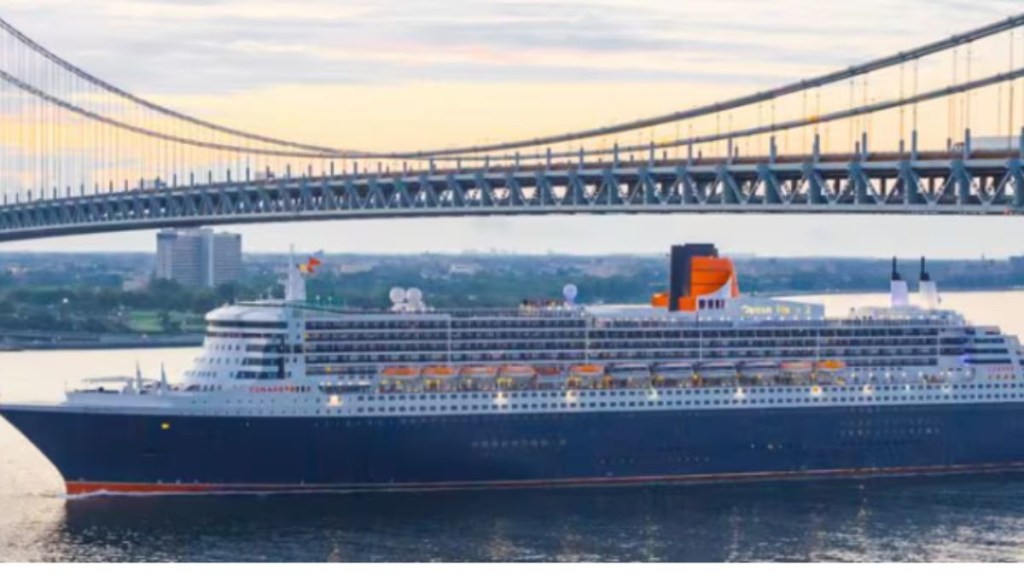More than 230 people, including passengers and crew members, were infected by a norovirus outbreak on 29-day round-trip luxury cruise ship going from England to Eastern Caribbean, the Centres for Disease Control and Prevention revealed. The ship has stops in New York, St Maarten, St Lucia, Grenada, Barbados, Dominica, St Kitts and Tortola.
According to the CDC, the norovirus outbreak afflicted 224 passengers and 17 crew members. A total of 2,538 passengers were onboard the ship. The sickened people have since been isolated while the luxury cruise opted for sanitising measures, including being deep cleaned. Those affected by the outbreak reportedly showed symptoms of diarrhea and vomiting, as per the New York Times.
About the luxury cruise ship plagued by norovirus outbreak
The cruise ship known as Queen Mary 2 or QM2 was travelling through the Atlantic Ocean on Tuesday as it was on its way back to Southampton, with arrival time scheduled for April 6, per tracking site Cruise Mapper. Regarded as Cunard Lines’s flagship ocean liner, the Queen Mary 2 departed from Southampton, England on March 8. Ten days later, the norovirus outbreak was reported following its New York City stop.
The Cunard vessel in question is 1,132 feet long, making it one of the world’s largest ocean liners. It was launched over two decades ago in 2004.
International cruise line Cunard Lines issued a statement on Tuesday, stating, “Thanks to the swift response from our crew and the additional measures that we have in place, we are already seeing a reduction in reported cases.”
What is Norovirus?
The foodborne gastrointestinal illness is sometimes called the “stomach flu” or the “stomach bug” despite not being related to the flu. Causing an inflammation of the stomach or intestines, CDC lists Norovirus as the leading cause of vomiting and diarrhea in the United States. The organisation stated that there are about 2,500 reported norovirus outbreaks in the US every year.
Norovirus outbreaks on cruise ships
Closed environments become breeding grounds for the highly contagious illness infecting up to 21 million Americans a year. Norovirus is also the most frequent cause of diarrheal disease outbreak on cruise ships, resulting in people even calling it the “cruise ship virus.” Persisting on surfaces for days and weeks in such close quarters, norovirus is resistant to many common disinfectants.
While there is no treatment for it, most people are expected to recover in a few days. Washing your hands well well and often with soap and water is advised. On it own, hand sanitiser is not effective against norovirus and cannot substitute handwashing. To avoid the illness, steer clear of raw or undercooked shellfish.

